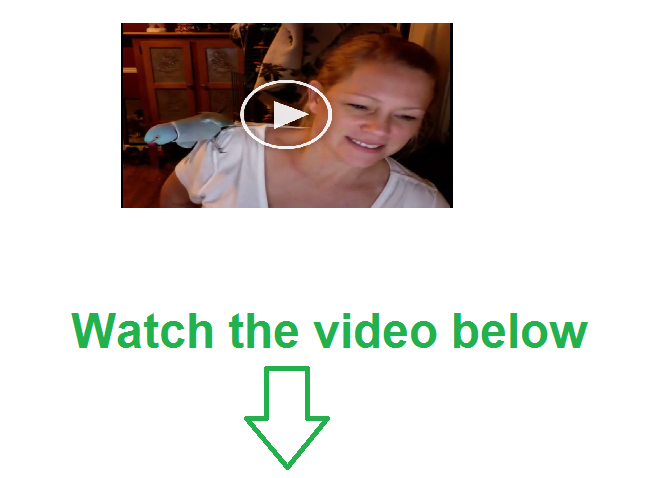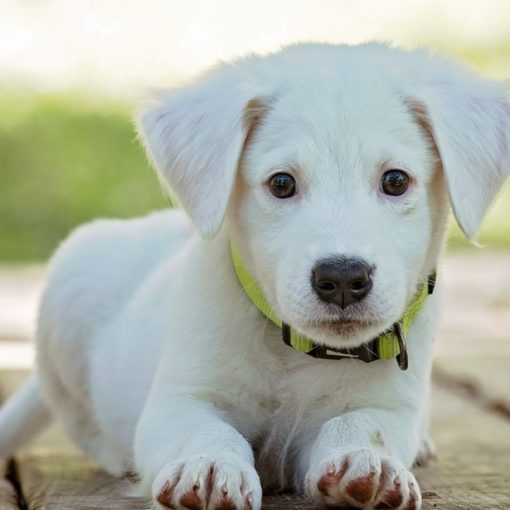When babies take their first steps into the world, they are unable to express themselves. As they age, they learn to gradually do so and with proper guidance, learn to voice their inflicting notions and take direction.
Just like we prefer our human children to be decorous and well-bred, we obviously want no less for our beloved pups. Dogs and children are not very dissimilar in the fact that they won’t know what is anticipated from them until they are taught about it. That’s where you come in, of course!
You don’t need professional training to discipline your dog, with the right attitude and knowledge, you can do it yourself.
Here’s a basic guide that provides you with 5 essential commands to teach your dog and teach good manners. Hopefully, after they become proficient in these basic commands they will thrive to master more commands in the near future.
Teach Your Dogs How To “Sit”:
“Sitting” is one of the first commands taught to dogs. Since dogs sit on their own too, it’s easy to tie the command to their conduct.
Initially, make sure you have tons of small snacks and treats in your pocket. Then while your dog is in an upright position, hold a treat in front of his nose and lift it up a little bit.
Following the treat up, his rear end will naturally start to go down. Once he takes the sitting position, say “Sit!” and give him the treat with affection.
If your dog does not sit and jumps instead, do not give them the treat. Just wait for him to sit down, and when he does, only then give him the treat.
Once your dog is sitting reliably, pretend to have treats in both hands and fake lure him. Raise one hand to signal to sit for a treat and then compliment him with a treat from your other hand.
We start with the hand signal as dogs are more susceptible to body language over verbal language. But with multiple repetitions, the dog will learn to respond to the verbal cue alone.
Teach Your Dogs How To “Come” When Called:
In order to teach your dog how to “Come”, it’s important to start on a leash in a quiet area and select a word that you would singularly use to call him. If you use the word “Come” do not use it for other purposes, as it may generalize your command.
Thus it’s important to teach your dog that this word is his emergency recall and that you need him immediately.
You can heavily reinforce correct responses with food treats like cooked chicken or baby carrots, and so on as long as its high-value food. Beware not to feed some human food that can be dangerous for dogs.
Give them space for a while and suddenly call their name and treat them for their immediate response. After doing this a number of times, call them again with their name but this time add the word “Come” so that it gets processed in their memory.
Over time, you can gradually increase the distance between you and your dog, and start practicing in a variety of situations.
Teach Your Dog To “Stay”:
“Staying” is harder for some dogs to learn, but with patience and diligence, it’s possible. Staying can prevent dogs from running into dangerous situations and thus it’s important to start teaching your pups to stay in their very first year of age.
Staying comprises of the 3D’s- duration, distance, and distraction. Before attempting these, make sure your dog is well acquainted with the “Sit” command.
First, ask your dog to sit. Then open the palm of your hand in front of them and say “Stay!” Then, release their focus and give them a treat. Take it from 3-5 seconds to 30 seconds in a week. This will teach him to process different durations.
Distances depend on the size of the dog. If it’s a new puppy, do not move more than a few inches. When both duration and distances are understood by the pup, add a distraction.
Let’s say a musical toy. Train him to stay both at a distance within a considerable duration and try distracting him with the toy. If he continues to stay, reward him for staying put.
Remember to maintain eye contact throughout and to keep practicing over the weeks.
Teach Your Dog How to “Leave It”:
When you don’t want your dog to consume unwanted things, teach him how to “Leave it!” Start by carrying a high-value treat on one hand and a low-value treat on the other hand.
Hold the low-value treat at your dog’s nose level. Close your hand into a fist if your dog tries to get the treat. Let the dog lick your enclosed hands.
When your dog ignores the low-value treat, reward him with the better one with the other hand. When your dog becomes confident, switch the treats in your hands. Now, hold the inferior treat in an open hand and say “Leave it!”
Have your dog ignore both the high and low-value treats. Then place the latter on the ground and cover it with your foot. When the dog looks up at you, reward him with the better treat.
Lastly, place a low-value treat on the ground without covering it and say “Leave it” and then reward him immediately with a yummy treat.
Teach Your Dog How to “Drop It”:
You know those times when you literally have to wrestle something out of your dog’s mouth? “Drop it” is exactly for those situations!
Dogs don’t have a thumb to explore the world with, that’s why they use their mouth to pick things up. In order to teach them “Drop it”, first start teaching them how to take an item.
Choose an item they would like but wouldn’t care too much about either i.e. an old toy. You also need a high-value treat to reward your dog with when he drops the unwanted item.
The moment the dog opens the mouth to catch the item, say “Take it”- and then reward him. Allure him with a fancier object and the moment he drops the previous object, command him to “Drop it” just as he tries to grab the second object.
This exercise needs to be repeated daily until the dog masters at it. With “Drop it”, it should never be forced, but instead, it should be voluntary and fun for your dog.
If your dog gets extra possessive about unwanted items, talk to your vet immediately.
Concluding…
Invest your time and effort in these five simple commands and you will train a safer and well-behaved dog in no time. Remember, every dog is different, so not everything will work at the same pace. Get to know your dog better, be patient and thrive to train him well.
About the Guest Author:
This article was written by Rafidah Rahman who’s a content writer at Feedfond. She loves to read, write and dance. Writing about dogs and other pets comes from her person experience. She is a proud mother of cute Shih Tzu dog.
All opinions and facts are that of a third-party writer, not an official Feenta.com author. It’s an article written by a guest author. If you’d like to submit an article, go to our Write for Us page.





